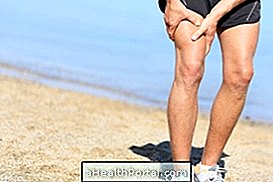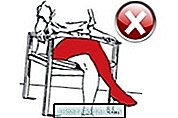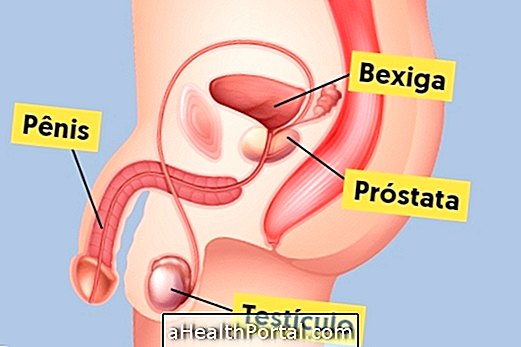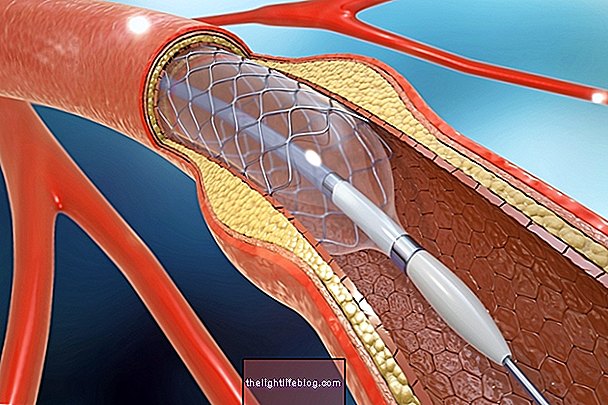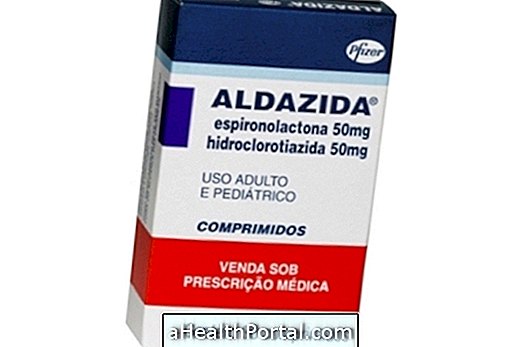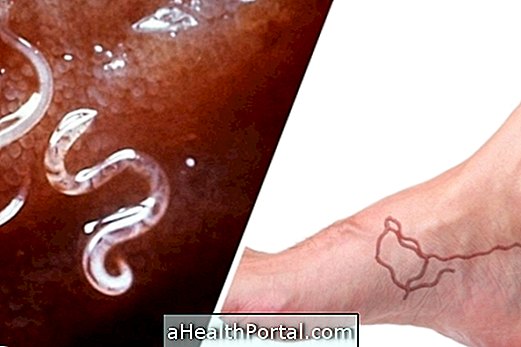Myalgia in the thigh is a muscle pain that can affect the front, back, or sides of the thigh that may be caused by too much physical activity or a direct blow to the area. Excessive training without proper rest is one of the main causes of myalgia, but this change can also develop due to physical fatigue, thigh contracture.
Usually this pain in the thigh disappears without treatment, only with rest, but when the region is hematoma, there is a purple region or when it is very hard it may be necessary to do physiotherapy to solve the problem and to achieve the stretching of the thigh, exercises and activities of daily living.
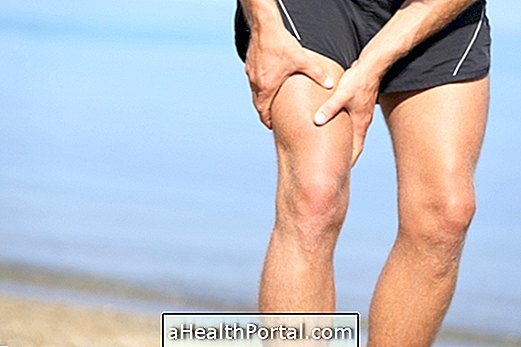
How to identify muscle pain in the thigh
The main symptom of myalgia is muscle pain in the thigh, which can be graded from 0 to 10, zero being painless and pain unbearable. Knowing how to identify the level of pain is important in assessing the need for and progression of treatment.
In addition to localized pain in the thigh, it is common to have difficulty walking and performing physical exercises and the region may be swollen and purplish in the event of a stroke.
The diagnosis of myalgia in the thigh can be made by observing the symptoms mentioned above, but to confirm that it is not another injury such as a fracture, distension or muscle stretching the doctor may request tests such as x-ray and thigh ultrasound, although physical therapy may begin even before the test results.
Treatments for thigh muscle pain
The treatment for myalgia in the thigh depends on what caused the pain. In the event of a direct knock it is recommended to place an ice pack in the region for 15 minutes, 3 to 4 times a day, within 48 hours of the incident. In addition, it is recommended:
- Withdrawal of the workouts and rest with the leg in the horizontal position or inclined upward, as when lying on the sofa with a cushion under the heel;
- The elongation must be passive and therefore must be sustained by another person;
- After the first 48 hours, use the ice pack for a warm compress, also for 20 minutes, 3 to 4 times a day.
- In physical therapy, equipment such as tension, ultrasound and galvanic current may be used, as indicated by the physiotherapist.
Stretching and muscle strengthening exercises should also be prescribed in person, because each person needs a specific workout. However, strengthening the muscles when there is pain relieving with squats, on unstable platform, going up and down steps and using the exercise bike may be indicated.
Anti-inflammatory ointments such as diclofenac may be applied twice a day for pain relief with a gentle local massage until the product is fully absorbed through the skin. Taking a warm bath and letting the jet of water fall on the sore area also helps relieve muscle soreness as well as gentle massage.
If you have questions about when to use ice or heat in a variety of situations, watch the following video:

